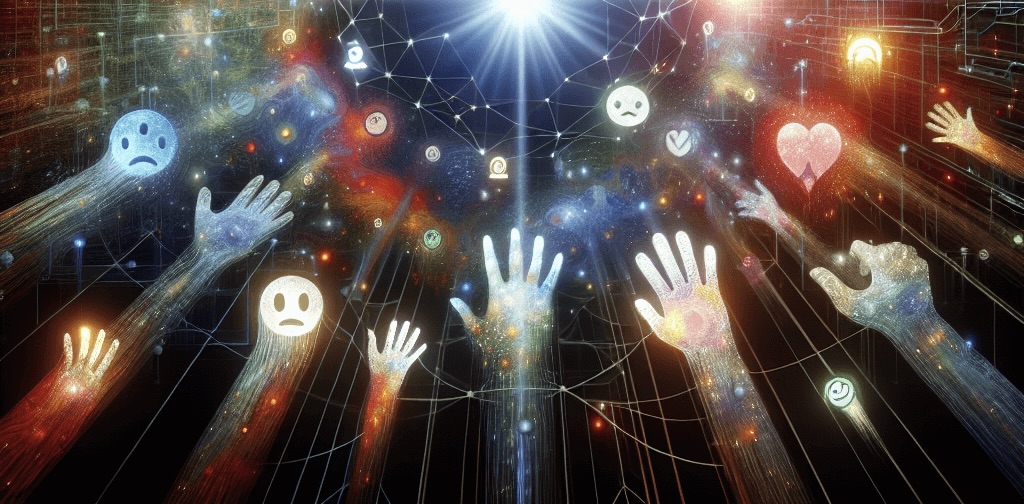
Platforms like Slack have risen not just as tools for communication but as vital spaces for community building and support. The lines between our professional and personal lives blur in these environments, and the pressing issue of mental wellness comes sharply into focus. Slack, with its myriad of features, can play a pivotal role in supporting mental wellness by cultivating a community that respects and promotes the well-being of its members.
Leveraging Slack Features for Mental Wellness Support
Slack stands out for its ability to create various channels dedicated to specific functions and purposes, and this structure is a boon for mental wellness initiatives. Instead of confining conversations to work tasks and deadlines, we can harness channels to serve as dedicated spaces for members to share, support, and uplift one another.
Consider establishing a #mental-wellness or #self-care channel where team members can discuss strategies for managing stress, share motivational quotes, or express their current state of mind. These channels become safe harbors where vulnerability is welcomed and emotional support is readily available. Through the act of sharing, individuals are reminded that they are not alone in their struggles—an essential reminder that can alleviate feelings of isolation.
Another vital feature of Slack that fosters mental wellness is the ‘Do Not Disturb’ mode. Respecting boundaries and personal time creates a healthier work-life balance, which is crucial for mental health. Encouraging team members to utilize ‘Do Not Disturb’ during their off hours promotes a culture where downtime and disconnection are as valued as productivity and presence. This respect for boundaries amplifies the message that the community cares for each member’s entire well-being, not just their output.
Custom emoji reactions and status updates also offer simple yet impactful ways to communicate feelings and mood without necessitating elaborate conversations, which sometimes might feel overwhelming. A quick exchange of customized emojis can say “I understand,” “I’m here for you,” or “I’m feeling the same,” offering a sense of solidarity and empathy that’s integral to mental wellness.
Promoting Open Communication for Emotional Well-Being
An environment that encourages open, honest communication is one where people feel seen and heard. Slack’s very design—with direct messaging and group conversations—fosters this openness, which can be leveraged to address mental health aspects directly. An integral part of creating such an environment is removing the stigma around mental health discussions, so they become as natural as project check-ins or brainstorming sessions.
Leaders and managers should lead by example, openly sharing when they feel overwhelmed or inviting discussions around mental health topics. Regularly scheduled check-ins through Slack can help create a routine of open dialogue around work-related stress and general mental health. Engaging in casual conversations that aren’t solely work-focused, such as icebreakers or fun challenges in Slack, also aids in building trust and camaraderie, making deeper conversations about mental health feel more accessible.
Transparency is key; whether it’s shedding light on company policies that support mental health or openly addressing current events that may be affecting team morale, clear communication builds a shared understanding. This transparent ethos nurtures an environment wherein individuals feel safe to express their concerns and seek help without fear of judgment or repercussions.
Addressing Mental Health Challenges in Remote Work
The remote work landscape, with all its freedoms, can also exacerbate feelings of isolation, anxiety, and burnout. Slack bridges geographical gaps, but it requires intentionality to transform it from a mere messaging tool into a supportive community spine. Regular virtual coffee breaks or lunch meetings via Slack channels can simulate the spontaneous interactions that often happen in physical offices, providing social outlets and preventing isolation.
Creating a culture of empathy can be further promoted by integrating wellness apps with Slack. Many integrations are designed to support mental health, from bots that remind you to take a break and stretch, to apps that facilitate mindfulness and meditation sessions. These can be scheduled as group activities, normalizing self-care as part of the regular working rhythm.
Mental wellness days off, which are openly discussed and supported in Slack communities, further advocate for taking the necessary time to recharge. Celebrating these mental health practices within Slack channels reinforces their importance and encourages others to consider their own needs, building a virtuous cycle of awareness and action.
Finally, sharing resources on managing work-from-home stress, navigating digital communication, and finding professional mental health support within Slack channels provides constant access to helpful information. This repository of resources becomes a toolbox for empowering individuals to take an active role in their mental health journey.
Maintaining a Positive and Inclusive Virtual Space
In building a community that upholds mental wellness, inclusivity, and positive reinforcement are the cornerstones. Slack’s customizable nature allows the creation of interest-based channels, ensuring everyone has a space that resonates with their needs and interests, making the virtual workspace feel more inclusive.
Regularly celebrating team achievements, acknowledging personal milestones, and showing appreciation through shoutouts in Slack channels foster an environment of positivity. This, in turn, boosts morale and mental well-being by reinforcing each person’s value within the virtual community.
Slack can transform from a simple communication tool to a robust platform for mental wellness, provided we approach it with thoughtfulness and intent. By leveraging its features to create supportive spaces, fostering open communication, proactively addressing the mental health implications of remote work, and sustaining a positive and inclusive community, we pave the way for a healthier, happier, and more resilient virtual workforce.
